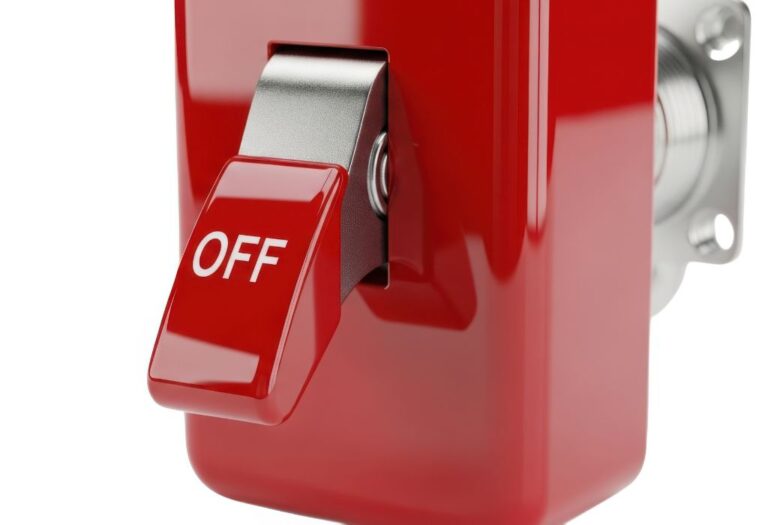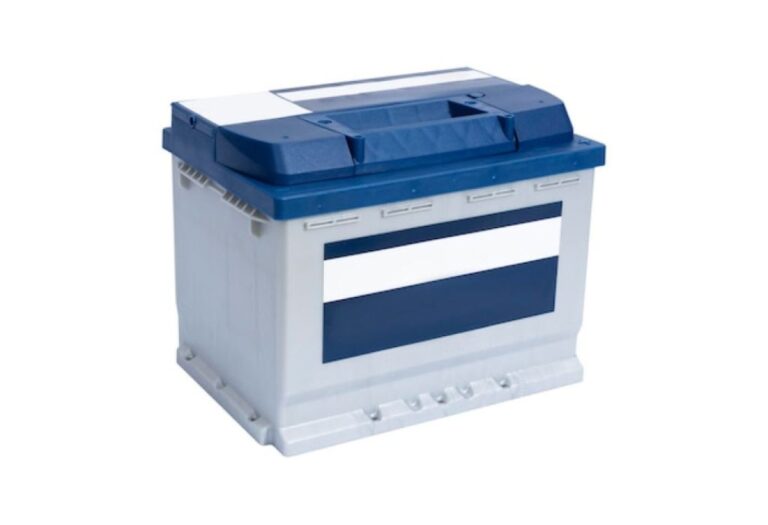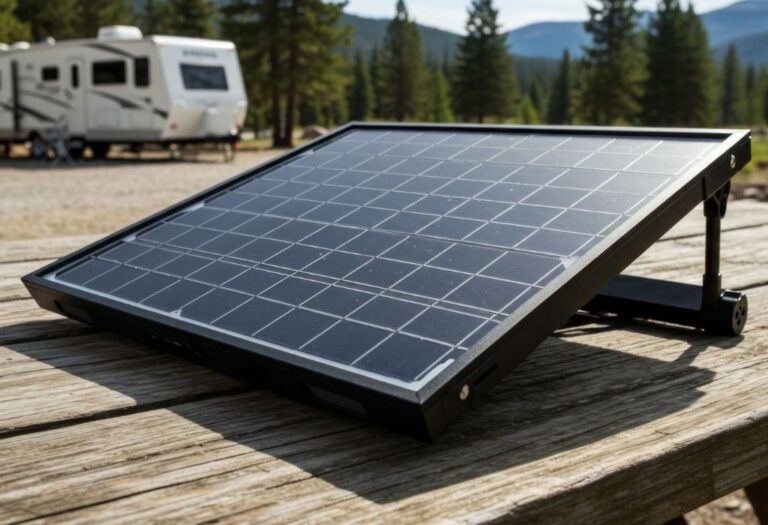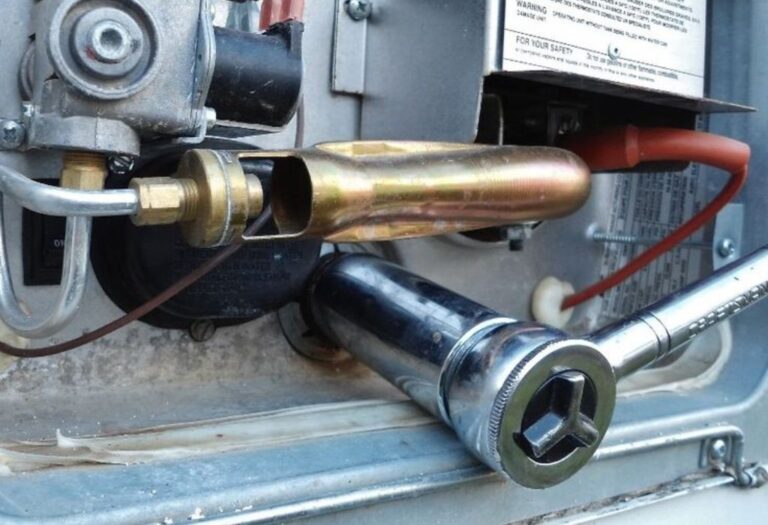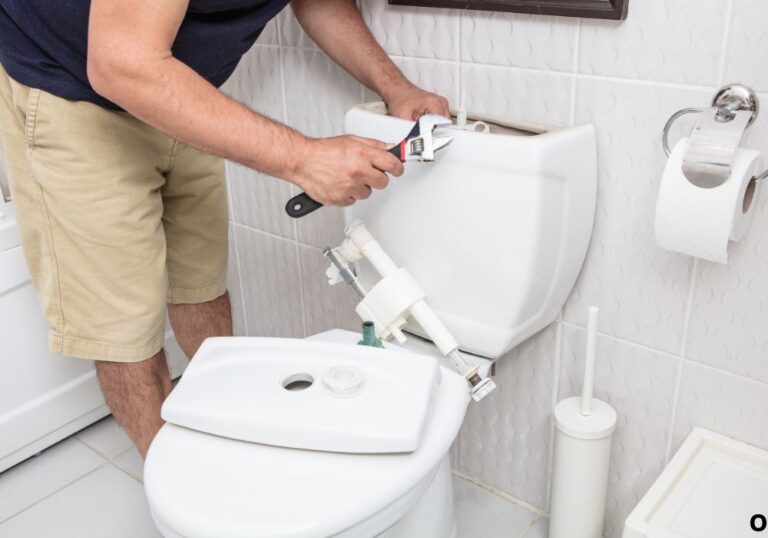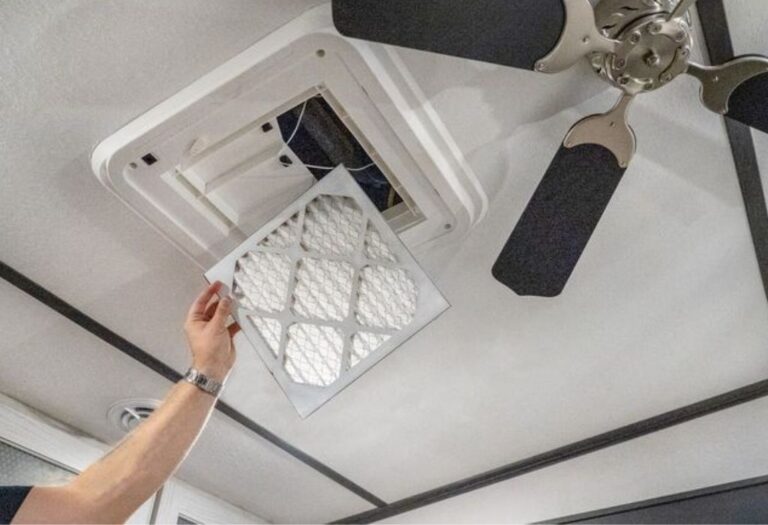How to Make Your RV Water Pump Quieter
Few things ruin a peaceful RV night faster than the constant hum or rattling of a noisy water pump.
You finally park in a quiet campground, ready to relax, and suddenly the sound of your pump echoes through the cabinets every time someone washes their hands or flushes the toilet.
Understanding how to make RV water pump quiet can completely transform that experience, bringing back the serenity you imagined when you hit the road.
RV water pumps are small but powerful diaphragm systems that pressurize your plumbing lines. Over time, vibration, hard-mounted surfaces, and pulsating water flow make them increasingly noisy.
According to a 2024 RV Travel Magazine survey, nearly 70% of RV owners report being frustrated by water pump noise at least once a trip (source). The good news? You don’t need expensive tools or replacements — just a few targeted adjustments can make your pump nearly silent.
The problem often lies in simple factors like poor mounting, air in water lines, or missing vibration isolation. Once you understand where the noise originates, you can apply proven methods such as installing flexible hoses, adding an accumulator tank, or even building a mini soundproof enclosure.
These steps reduce vibration transmission and smooth out water pulsation — resulting in a dramatic noise drop.
In this guide, you’ll explore step-by-step strategies for how to make RV water pump quiet, from quick DIY fixes to professional upgrades. You’ll learn how to isolate vibration, control water pressure, and maintain long-term quiet operation — all without sacrificing performance.
Why RV Water Pumps Get Noisy
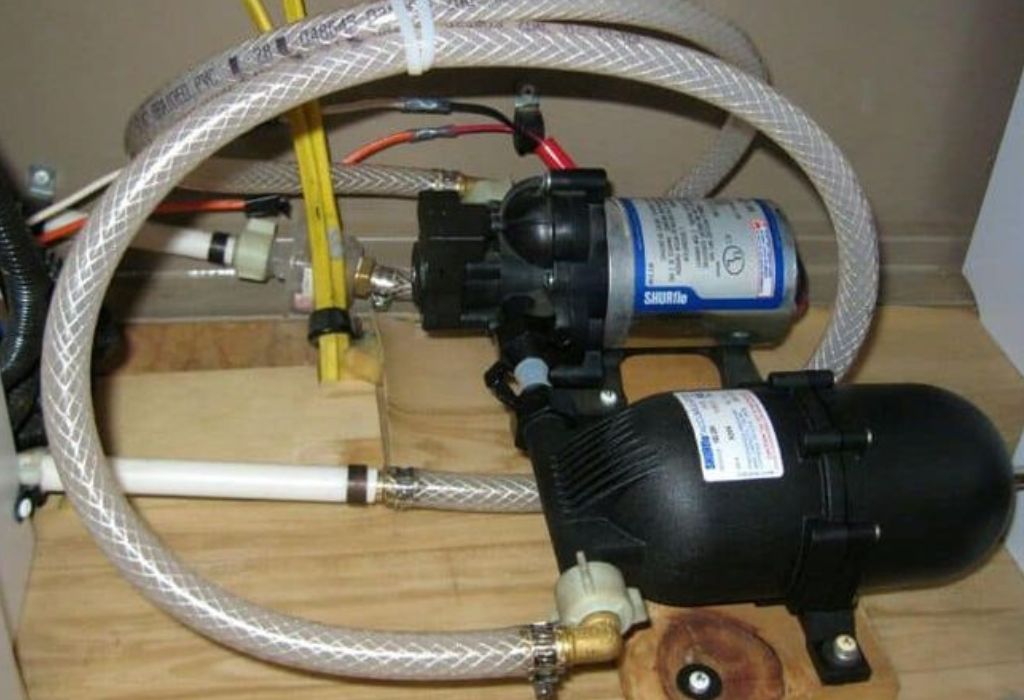
Noise is a side effect of energy transfer. Your pump’s motor and diaphragm move water quickly, and every stroke sends tiny vibrations into the RV’s plumbing system. Over time, these vibrations amplify into rattling, thumping, or humming sounds.
The most common causes of RV pump noise include poor mounting surfaces, uninsulated lines, and air trapped in the system. Sometimes, even the cabinet your pump is mounted in acts like a drum, amplifying the sound.
Another factor is pulsation — the rhythmic pressure spikes produced by diaphragm pumps. These pulses travel through rigid PEX tubing, creating clicking or hammering noises at fixtures. Voltage fluctuations also make pumps louder; a weak battery increases cycling frequency, which adds to the noise.
In short, vibration, pressure pulses, and resonance work together to make your RV pump louder than it should be. The key is to isolate, absorb, and smooth those forces before they reach your walls or plumbing.
Why is my RV water pump suddenly louder?
Over time, screws loosen, mounts harden, or air enters the lines.
Is the noise harmful?
Not directly, but vibration can shorten pump life and cause leaks.
Does water pressure affect noise?
Yes — higher pressure increases vibration intensity.
Can electrical issues make it worse?
Low voltage causes the pump to strain, producing extra noise.
Quick Diagnostic Checklist
Before spending money, take 10–15 minutes to inspect your setup. Most noise problems have simple fixes once you locate the source.
Start by listening. Run the pump with all faucets closed. Do you hear it humming even when idle? That could mean a pressure switch problem. Open a faucet slightly — if the noise intensifies, focus on plumbing vibration.
Next, touch-test the cabinet or floor around the pump. Strong vibration means the mounting surface needs damping. Tighten any loose screws or brackets. Look for spots where tubing contacts walls or furniture — even small touches can act like sound bridges.
Finally, check your electrical connections. Corroded terminals or thin wiring can cause voltage drops, which make pumps cycle more often. Confirm your battery voltage under load; it should stay above 12 volts when the pump runs.
Do I need tools for this?
Just a screwdriver and flashlight.
What’s the quickest clue?
Strong vibration through cabinets means poor isolation.
Should I run the pump dry?
Never — always have water in the system during testing.
What if I hear sputtering?
That’s likely air in the lines or a clogged strainer.
Low-Cost Fixes to Reduce Pump Noise
You don’t need to replace your pump to quiet it down. A few small materials can cut noise by more than half.
1. Isolate the Pump with Rubber Mounts
Most pumps sit directly on plywood or thin metal, which transfers vibration. Add rubber feet or grommets between the pump base and surface. If space allows, mount the pump on a dense rubber pad or anti-vibration mat.
2. Cushion the Plumbing Lines
Hard plastic PEX lines act like sound transmitters. Replace the first 12 inches on each side of the pump with flexible braided hose. These hoses absorb shock and reduce water hammer effects.
3. Secure Loose Hoses
Loose plumbing slaps against walls during operation. Add cushioned clamps every 18–24 inches to keep lines stable but isolated. Avoid overtightening clamps, which can create new noise points.
Can I use a yoga mat under the pump?
Yes, as a temporary sound damper.
Do flexible hoses affect flow?
No, as long as they’re rated for your pump’s pressure.
Is foam tape helpful?
It can prevent hoses from rattling against walls.
Will rubber mounts wear out?
They last several years if installed properly.
Add an Accumulator Tank
An accumulator tank is the single best upgrade for quieting an RV water system. It works like a shock absorber — storing pressure and smoothing the pulsating flow from the pump.
Install the tank near the pump outlet using flexible hoses. Pre-charge it 2–3 psi below your pump’s cut-in pressure (usually around 30 psi). When water demand is low, the accumulator releases pressure gradually, allowing the pump to cycle less frequently and run more smoothly.
According to Shurflo’s technical documentation, an accumulator can reduce pump noise and cycling by up to 50% (source). The improvement is immediate — fewer thumps, less vibration, and steadier water pressure.
Do I need a large tank?
A 1-quart model suits most RVs.
Can I mount it sideways?
Yes, but vertical mounting maintains air pocket stability.
Do I need to recharge it?
Check pressure annually.
Will it affect water pressure?
It actually stabilizes it.
Tune the Pressure Switch
Every RV water pump has a pressure switch that controls when it turns on and off. If the switch range is too narrow, the pump “machine-guns” — cycling rapidly and creating extra noise.
Locate the small adjustment screw near the switch housing. Turn it ¼ clockwise to increase shutoff pressure and smooth performance. Make tiny changes and test after each one. Use an inline pressure gauge to track results.
If your pump still chatters, inspect the bypass valve. Some models allow minor tuning to control recirculation flow. Proper calibration prevents surging and keeps noise low.
Can I damage the pump by adjusting?
Not if you turn in small increments.
What if pressure drops too low?
Reverse your last adjustment slightly.
Is this permanent?
Recheck annually; settings drift over time.
Do I need a gauge?
It’s highly recommended for accuracy.
Install Flexible Inlet and Outlet Loops
Hard plumbing is the main highway for vibration. Adding flexible loops between your pump and main water lines dramatically reduces noise transfer.
Use reinforced braided vinyl hoses or food-grade rubber lines rated for 100 psi or more. Cut them long enough to form gentle S-shaped loops. These loops absorb both vibration and pulsation, preventing it from traveling down the pipes.
Avoid tight bends or kinks, which restrict flow and create whistling sounds. Double-clamp each end to prevent leaks and ensure secure connections.
Are stainless hoses okay?
Yes, as long as they aren’t stretched tight.
How long should loops be?
8–10 inches is ideal.
Can I reuse old hoses?
No — old hoses stiffen and lose flexibility.
Do quick-connect fittings work?
Yes, if properly sealed.
Soundproof the Pump Compartment
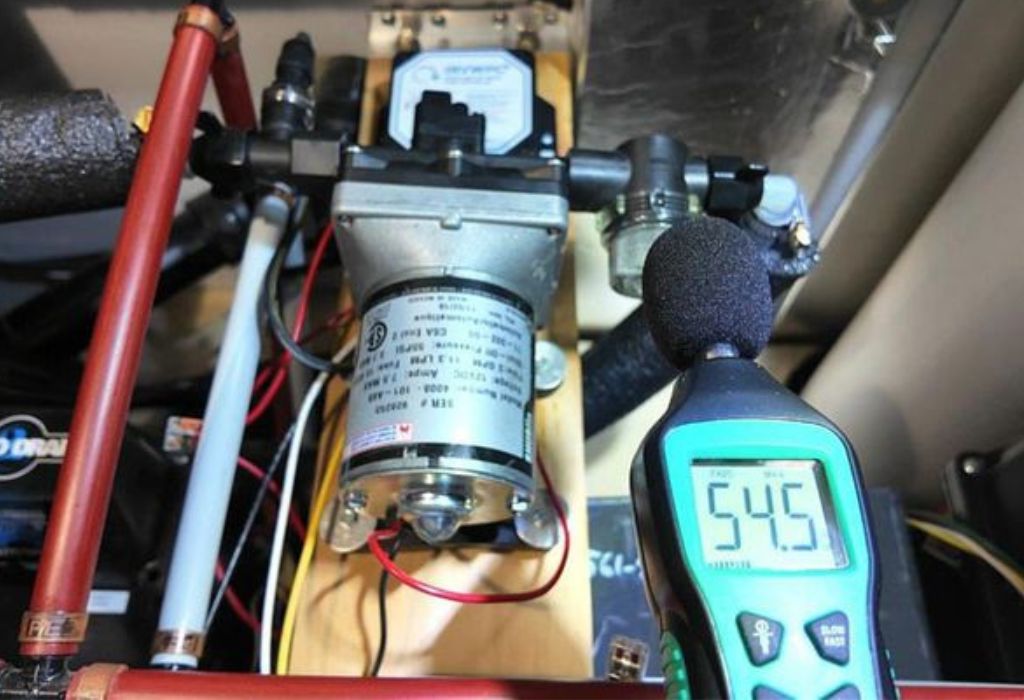
Once mechanical noise is reduced, the remaining hum often comes from airborne sound. Soundproofing the compartment can make your system whisper-quiet.
Line the interior with mass-loaded vinyl (MLV) backed by closed-cell foam. This combination blocks and absorbs sound waves while resisting moisture. Seal gaps around doors and panel seams using weather stripping or foam tape.
If you build a full enclosure, leave ventilation gaps or install a small vent grille to prevent overheating. You can also add felt bumpers to cabinet doors to stop rattles when the pump vibrates.
Will insulation trap heat?
Use breathable materials and maintain airflow.
Is car audio sound mat safe?
Yes, if it’s rated for interior use.
How much quieter can it get?
Often 6–10 dB lower noise levels.
Do I need to glue MLV?
Adhesive-backed sheets simplify installation.
Electrical Fixes for a Smoother, Quieter Pump
Electrical stability plays a surprisingly large role in pump noise. When voltage drops, the motor strains and pulses unevenly.
1. Check Wire Gauge
Ensure wiring meets or exceeds the pump’s amp requirements. If the run exceeds 10 feet, upgrade to thicker wire (10–12 AWG).
2. Clean Ground Connections
Loose or corroded terminals cause voltage spikes. Remove oxidation and re-crimp with new connectors.
3. Maintain Battery Health
Weak batteries fluctuate under load, forcing pumps to surge. Always run tests with a fully charged battery or stable converter.
4. Add a PWM Speed Controller
A pulse width modulation (PWM) controller lets you dial down pump speed manually for low-flow tasks like brushing teeth. It reduces RPM and vibration proportionally.
Does wire thickness matter for noise?
Yes, lower resistance stabilizes voltage.
Can a bad battery make the pump noisy?
Absolutely — low voltage increases cycling.
Is PWM easy to install?
It’s plug-and-play between the pump and power line.
Do converters affect noise?
Cheap converters create voltage ripple that adds hum.
Regular Maintenance to Keep It Quiet
Even a perfectly tuned system can grow noisy again without routine care.
- Clean the pump strainer every month during active use. Dirt buildup causes cavitation, producing a grinding sound.
- Bleed air from the lines whenever you refill tanks or winterize. Air pockets create water hammer and sputtering.
- Inspect mounting hardware for wear or hardening. Rubber feet can crack and lose effectiveness after seasons of vibration.
- Check for leaks — even small drips cause the pump to cycle unnecessarily.
How often should I inspect the pump?
Before every long trip or quarterly.
Why does it get louder after winter storage?
Air and dry seals make early cycles rougher.
Do rebuild kits help?
Yes, replacing worn diaphragms often restores smooth operation.
How long does a pump last?
Around 4–6 years with proper care.
Upgrade Options for Whisper-Quiet Performance
If you’ve tried everything and still want a quieter setup, modern technology has you covered.
1. Variable-Speed Pumps
These automatically adjust RPM based on water demand. They run slower and quieter during light use, eliminating harsh cycling entirely.
2. Brushless Motor Pumps
Brushless designs run cooler and produce less vibration. They cost more but deliver smoother, longer-lasting performance.
3. Oversized Accumulators
Larger tanks store more water pressure, allowing the pump to rest longer between cycles.
4. Premium Isolation Mounts
Sorbothane or double-stud isolators provide industrial-grade damping, reducing vibration transfer to near zero.
Is replacing the pump worth it?
Yes, if your current one is outdated or worn.
Do brushless pumps save energy?
Slightly, since they operate more efficiently.
How much quieter are variable-speed models?
Often by 8–12 dB compared to standard types.
Can I combine upgrades?
Yes — many users pair a variable-speed pump with a large accumulator for maximum benefit.
DIY Soundproof Box
For the ultimate in silence, you can build a soundproof box around your pump.
Use ½-inch plywood lined with acoustic foam or MLV. Create an access panel with a vent cutout and small computer fan for cooling. Mount the pump on rubber feet inside the box and route flexible hoses through grommeted holes.
Keep clearances wide enough for airflow and serviceability. This method can reduce noise by up to 70%, especially for pumps mounted under beds or seating areas.
Will a box overheat the pump?
Not if properly vented.
What materials work best?
Plywood and MLV layered with closed-cell foam.
How much space do I need?
At least 2 inches of clearance on all sides.
Can I buy a pre-made box?
Few exist, but DIY versions are inexpensive and customizable.
Safety Tips and Mistakes to Avoid

Even small projects can go wrong if rushed.
- Don’t block airflow entirely — overheating shortens motor life.
- Avoid over-tightening fittings; it causes leaks and pressure spikes.
- Keep electrical wires dry when soundproofing or rerouting hoses.
- Never use open-cell foam inside plumbing areas; it retains moisture and mold.
Can insulation cause fire risk?
Use materials rated for interior temperatures.
Is silicone sealant okay for vibration points?
Yes, as a flexible adhesive layer.
Should I wrap the pump itself?
Never — it needs ventilation.
Do I need professional help?
Only if modifying wiring or re-plumbing the system.
Estimated Costs
| Upgrade | Approximate Cost |
| Rubber feet & foam pad | $10–$20 |
| Flexible hoses & clamps | $20–$40 |
| Accumulator tank | $30–$80 |
| Soundproof lining (MLV + foam) | $50–$100 |
| PWM controller | $25–$40 |
| Variable-speed pump | $150–$250 |
Most RV owners can achieve substantial noise reduction for under $100 using isolation feet, flexible lines, and an accumulator.
Conclusion
Knowing how to make RV water pump quiet isn’t just about comfort — it’s about creating a more relaxing and efficient living space. By identifying vibration sources, installing flexible hoses, tuning your pressure switch, and adding soundproofing materials, you can turn your noisy pump into a whisper.
Start small with rubber mounts and hose loops, then consider an accumulator or variable-speed upgrade for professional-level silence. Combine that with proper maintenance, and you’ll enjoy quiet mornings, peaceful showers, and restful nights in your RV — just the way it should be.
Quiet plumbing equals a happier journey. Your next stop might still have the crickets chirping, but your pump won’t be part of the chorus.
I’m David R. Coleman, the founder, lead writer, and lifelong tool enthusiast behind GarageToolPro.com. With years of experience in automotive repair, woodworking, and home DIY projects, I created this platform to share practical tips, detailed tool reviews, and step-by-step guides that help mechanics, hobbyists, and homeowners get the job done right the first time.

